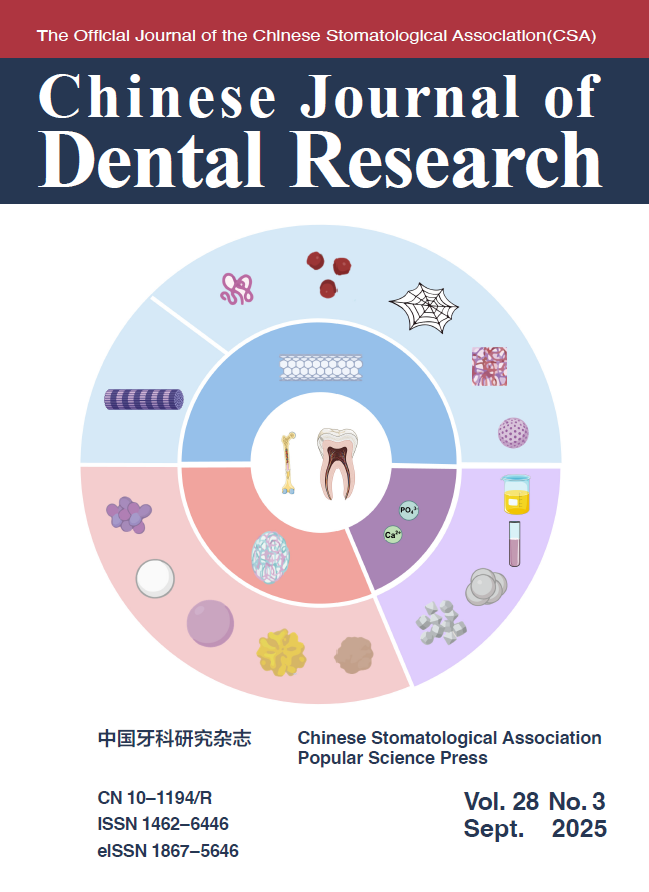Chin J Dent Res 2023;26(1):11–18;doi:10.3290/j.cjdr.b3978667
Ventilation in the Dental Clinic: An Effective Measure to Control Droplets and Aerosols during the Coronavirus Pandemic and Beyond
Writer:Lin YUE Clicked:
Objective: To determine the prevalence of hypodontia in the general population and orthodontic population in adolescent Chinese Hans. Methods: Two groups named the general population (6015 subjects) and the orthodontic population (2781 subjects) were investigated, respectively. The former came from the students of three general universities in North China and the latter came from patients coming to the Department of Orthodontics, Peking University School and Hospital of Stomatology for orthodontic consulting during the summer and winter holidays in 2008. The prevalence and average missing number of hypodontic teeth was investigated in the two groups. The distribution of missing teeth was analysed between jaw positions and between genders. Results: The prevalence of tooth agenesis was found to be 5.89% for the general population group and 7.48% for orthodontic subjects. Tooth agenesis was more frequently found in females than in males in both of the two groups and showed a statistically significant difference (
In recent years, as the number of adults seeking orthodontic treatment has increased, so too has the number of periodontal tissue problems, particularly regarding the impact on periodontal tissue of receiving orthodontic treatment. Orthodontic treatment improves the occlusion and appearance of teeth by moving the teeth appropriately. These movements have a significant impact on the interactions between the teeth and periodontal tissues. Orthodontic treatment can also recover tooth alignment for patients with tooth displacement caused by periodontitis; however, orthodontic treatment also often has adverse effects on periodontal soft tissue, such as gingivitis, gingival enlargement and gingival recession. The purpose of this review is to summarise the current evidence and solid knowledge of periodontal soft tissue problems in orthodontic treatment and outline some prevention strategies.
Key words: orthodontic treatment, periodontal tissue health, principle of treatment
(editor:CJDR) |




